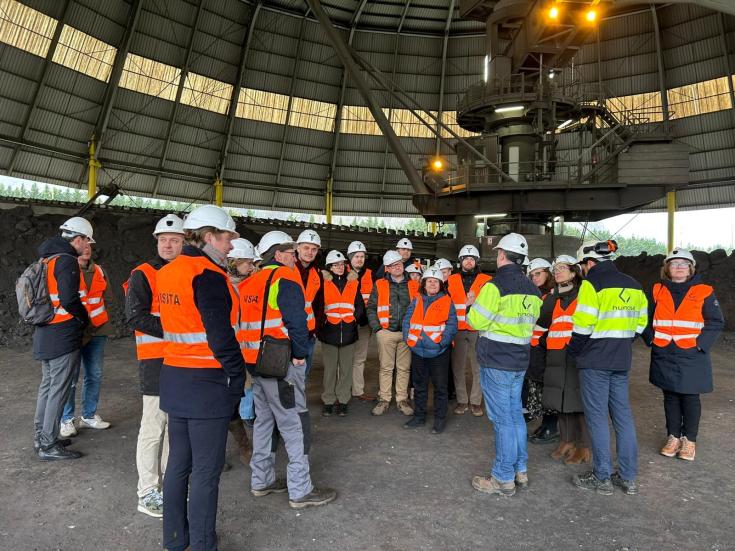Day 2: Strategic Commitment in Asturias

Insights from Day Two of Our Study Visit in Asturias
Our second day in Asturias provided valuable insights into regional policies and hands-on experiences with initiatives and demonstration projects advancing urban-industrial symbiosis.
One key takeaway from the presentations on Asturias' Circular Economy Strategy was the strong strategic commitment to circularity, reinforced by a comprehensive monitoring system with both strategic and operational indicators. A dedicated commission ensures progress and alignment of efforts, highlighting the importance of a regional strategy to coordinate local initiatives for greater impact.
Unlike other circular hubs, AsPH4C - Asturias Paradise Hub 4 Circularity does not primarily focus on addressing global grand challenges alone. Instead, it prioritizes place-based innovation, targeting regional challenges and needs—challenges that, in due course, can contribute to solving global issues as well. This tailored approach emphasizes securing R&D funding, fostering close collaboration between universities, industry, and government, and creating well-structured knowledge exchange platforms.
During our field visits, we explored projects tackling resource efficiency, sustainable practices, and industrial symbiosis to move towards a circular and carbon-neutral industry. The showcased innovations ranged from advanced waste management practices and carbon capture technologies to alternative energy use, bioeconomy advancements, and efficient water management—all essential components in closing resource loops.
However, our discussions also underscored that the transition to a circular economy is a ‘wicked problem’—it demands long-term, radical shifts in production and consumption patterns without a predefined roadmap. The complexity of these challenges means decision-making happens under uncertainty, as there are no one-size-fits-all solutions.
To navigate this transformation, a forward-thinking innovation policy is key—one that encourages real-world labs, experimentation, and systemic solutions. Regional, context-specific approaches that engage local stakeholders can serve as inspiration for other regions, showcasing diverse pathways toward circularity.
